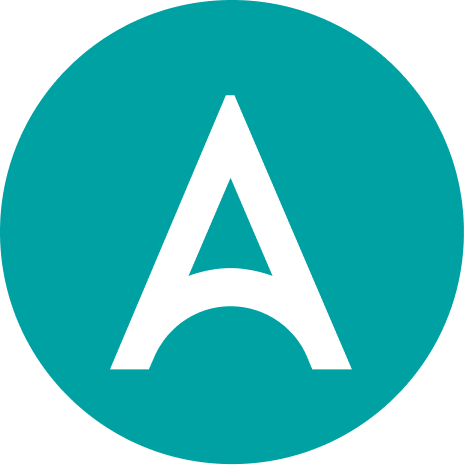
I recently attended a virtual session called The Digital Trends Shaping the Construction Industry put on by the New York Festival of Construction. A couple of things came up in the course of the panel discussion that got me thinking about some of the work I’ve done here in my role at AVAIL. One of the panelists was an AVAIL customer and he spoke specifically about using data from existing buildings to design better experiences for people in future spaces. How can they, as a firm, use data from the Internet of Things' (IOT) sensors in existing buildings to enhance the design of their future work? The panel also spoke, in general, about greater collaboration not only amongst the various project owners during a building lifecycle, but also with vendors and software developers. The confluence of those two ideas brings me to this blog post. I cannot help but wonder if we, as a vendor, can take the lead on communication and collaboration with firms in an effort to design better experiences when we enter one another's’ space?
Here’s a generalized map of a prospective customer’s 'journey' according to author, Brett Queener:
-
Understanding offerings
-
Building business cases
-
Running an evaluation process and comparing shortlisted vendors
-
Negotiating a price with a selected vendor
-
Confirming deployment specifics
-
Redlining documents
A year or two ago the sales team at AVAIL had a startling and painful revelation when we were forced to eat our own dog food, so to speak. Doing product demonstrations and evaluating software was (kind of) a terrible experience.
We were in the process of growing AVAIL, growing our team, adopting new workflows, and looking to automate tasks to facilitate those efforts - sound familiar? There are a variety of things in the software sales tools ecosystem that accomplish this for teams, but we realized that the process of learning about them was time-consuming, inconclusive, and ultimately expensive - and it was a lot more than just the sticker price of the software. Yes, evaluating technology carried its own hidden cost, but the epiphany hit us square in the face: our customers were having a similar experience. After several failed stops and starts, it became apparent that no amount of training, education, or trial of a new technology replaces actually paying for it and using it! So, we embarked on a plan to help our customers walk through an evaluation process that is as close to purchasing AVAIL without having to do so.
- Pricing is on our webpage, here’s the link. There’s a calculator too, just hit the 'Purchase' button. Yes, for Enterprise pricing you have to talk to a person, but I do my best to treat people the way I’d like to be treated.
- You can download and use our product for free for an unlimited amount of time with as many people as you’d like. There are functionality restrictions, though.
- You can personally meet us and ask any questions you’d like. I’m still baffled when people thank us for being easy to get in touch with. We’re all carrying computers in our pockets now so communication is something we can choose to participate in, but not something we can say we aren’t able to do.
- We iterated on our Proof of Concept engagement (more on that later).
- It’s OK if you don’t buy from us. We realize that not all customers are fit for AVAIL and vice versa. Our goal is to engage, learn, and help in a manner that speeds your process and learning. Our goal is to be of service to the industry, first and foremost.
While we think this gives people lots of opportunity to gather critical data points, the process of learning about the business and technical value of software is still time consuming and difficult. So while we have given lots of thought to how firms/individuals educate themselves, the process is not always linear. There are any manner of variations, but the 80/20 rule is a fair indicator of human behavior so this is a way to effectively 'plan' for things. What’s probably lost, though, is the time and uncertainty involved with arriving at a 'decision.' Many times, this comes down to communication (or lack thereof).
Now, back to the beginning.
I think our development team does an incredible job designing and delivering our capabilities and user experiences. They give a painstaking amount of attention to the product for the benefit of the end users’ experience. The results, though, are actually a mix of the company’s vision and the feedback of our customer base. It’s a relationship and a conversation and a collaboration.
But there’s an equally important experience we can (and should) design together: the education process. How do you, as firms, know if this (or any) software is right for you? What do you value when discovering new technologies? Which processes work and which don’t? What can vendors do to elevate the learning experience? Let’s have a conversation on that...





